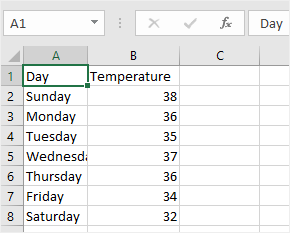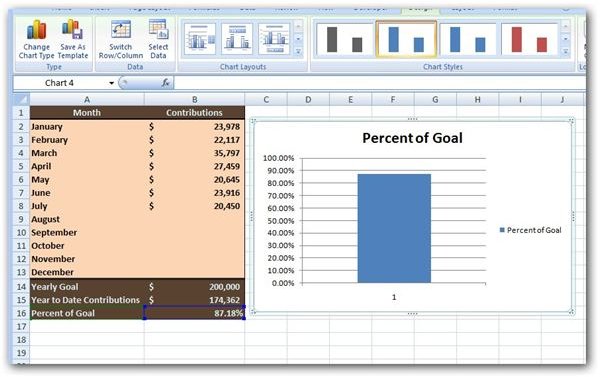
Your text will be typed in the Formula Bar and will replace the existing title when you press Enter. You can change your chart title at any time by clicking on the title and typing in the name you want.

For data with a single value to each variable, Excel usually uses the name of the dependent variable as the chart title.The chart will appear in the same worksheet as your source data.We will work with the 2-D Bar for starters. Go to the Insert tab and choose a bar chart from the Insert Column or Bar Chart dropdown menu.If you are using Excel data where some of the columns or rows in your data are non-contiguous (i.e., not adjacent to each other), select only the data you need by holding down the Control (Ctrl) key between selections. Select all the data that you want to be displayed in the bar graph, including headings.In the image below, cells A1 and B1 are the data headings. “Good” data includes headings, which identify what each variable is. Follow along with these easy steps to create a bar graph in Excel. To create a bar chart, you’ll need at least two variables - the independent variable (in our example, the name of each album), and the dependent variable (the number sold). How to make a bar graph in Excel step by step The clustered bar graph (classic bar graph).

The above graph would not display well in vertical format because the text labels are too long to be formatted well on the X axis.Įxcel has a few variations of the classic bar graph format, including:

This is because the independent variables are displayed on the Y (vertical) axis where there is more room to show the entire text of the label, as opposed to significantly less space on the X (horizontal) axis. If you have large text labels, bar graphs work better than column charts. What is a bar graph?Ī bar graph (also known as a bar chart) is the horizontal version of a column chart. We’ll explore how to make a bar graph in Excel, but first, let’s find out what a bar graph is. Making a bar graph in Excel is possibly simpler than doing one manually once you bear a few points in mind. They make it easy to spot patterns or anomalies, especially when time frames are involved. Bar graphs are an effective way to visually compare frequency, amounts, or units.


 0 kommentar(er)
0 kommentar(er)
